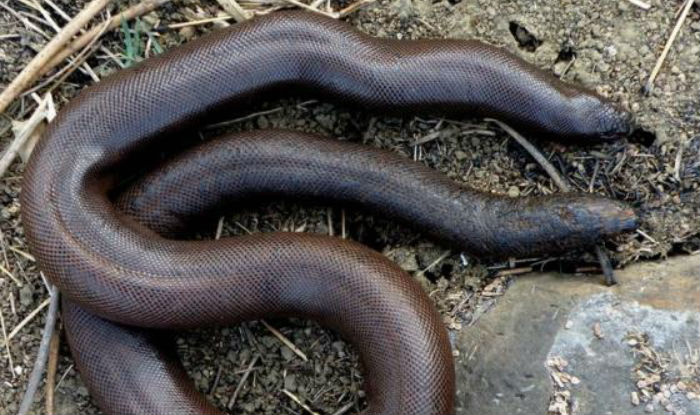

Thick-bodied and muscular, they can average 4 feet in length, but their girth would greatly exceed that of a similarly-sized Corn Snake. As with any snake, care and adult supervision must be exercised, and the animal’s head should never be allowed near one’s face.įolks who want a “big snake in a small package” generally prefer Ball Pythons.

Corn Snakes are more likely to move about when being handled, compared to Ball Pythons, but this is offset by their lighter body weight. Detailed care information is provided in the articles linked under “Further Reading” as always, please also post any questions or observations you may have, and let me know which species gets your vote.Īlthough individual personalities vary, both adapt well to gentle handling and are not stressed by human contact. I’ve kept hundreds of species during my long career as a zookeeper, but a Corn Snake terrarium occupies center stage in my living room! In the following article I’ll compare the care needs of Corn Snakes and Ball Pythons, so that you’ll be able to plan ahead and maximize your pet-keeping experience and your new snake’s quality of life. Among the first species to be commercially bred in huge numbers, either makes an excellent choice for most snake owners, new or experienced. Corn Snakes and Ball Pythons are close competitors for the title of the world’s most popular snake pet.


 0 kommentar(er)
0 kommentar(er)
